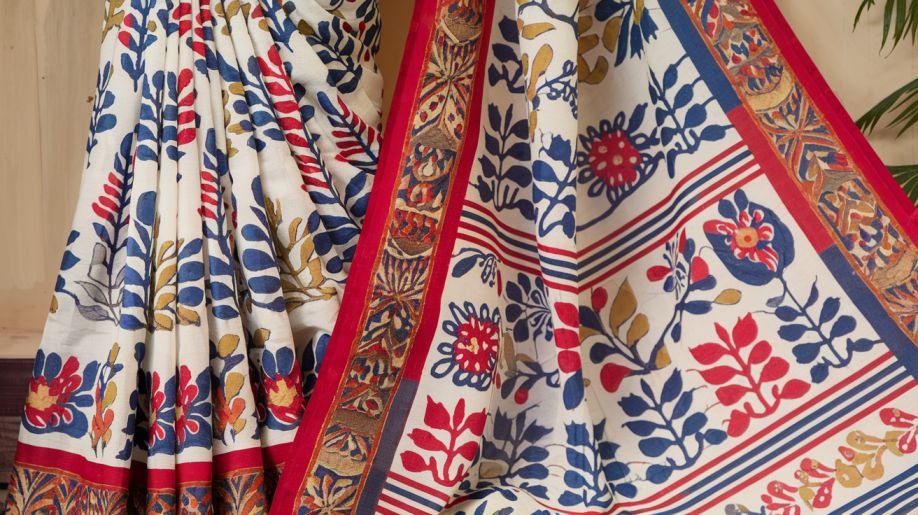The Enduring Appeal of Bomkai Sarees
The Bomkai saree, also known as the Sonepur saree, is a traditional masterpiece from Odisha, India’s rich cultural heritage. Renowned for its intricate motifs and vibrant colors, Bomkai sarees are more than just garments; they are a canvas showcasing the artistry and craftsmanship of skilled weavers. In this blog, we will delve into the captivating motifs that adorn these sarees, their cultural significance, and the meticulous craftsmanship involved in creating these works of art.
The Roots of Bomkai Weaving
Bomkai sarees have a storied history that dates back several centuries. Originating in the Sonepur district of Odisha, artisans weave these sarees using the traditional ikat technique, dyeing the threads before incorporating them into the fabric. This unique method creates mesmerizing patterns that are symbolic of Bomkai sarees. The art of Bomkai weaving is often passed down through generations, making it a cherished tradition in the region.
The Symbolic Language of Artistry
The motifs found in Bomkai sarees are rich in symbolism and cultural significance. Each design narrates a story reflecting the beliefs, traditions, and lifestyles of the people of Odisha. Here are some common motifs seen in Bomkai sarees:
- Nature-Inspired Designs
Bomkai sarees often feature motifs inspired by nature, such as flowers, leaves, and animals. These designs represent the region’s natural beauty and the deep connection between the people and their environment. For example, weavers frequently weave peacocks and lotus flowers into the sarees, symbolizing grace and purity.
- Mythological Themes
Many Bomkai sarees incorporate motifs drawn from Indian mythology and folklore. These patterns frequently depict deities, mythological figures, and events from epics like the Mahabharata and Ramayana. These motifs serve as a storytelling tool and enhance the saree’s aesthetic appeal.
- Geometric Patterns
Geometric motifs are another hallmark of Bomkai sarees. These patterns often reflect the mathematical precision and symmetry inherent in traditional Indian art forms. The sarees are made even more attractive by the eye-catching impact of the colors and shapes interacting.
The Weavers Behind the Art
Creating Bomkai sarees is a labor-intensive process that requires exceptional skill and attention to detail. The weavers, often belonging to families that have practiced this craft for generations, take great pride in their work. The process involves several steps:
Dyeing the Threads: The first step in creating a Bomkai saree is using natural dyes, often derived from plants and minerals. The threads are meticulously tied and dyed to achieve the desired colors and patterns.
Weaving: Once the artisans dye the threads, they weave them on traditional handlooms. The weaver skillfully combines the dyed threads to create intricate motifs and patterns, creating a beautiful, durable, and visually stunning fabric.
Finishing Touches: After weaving, the saree undergoes various finishing processes, including washing and ironing, to enhance its texture and appearance. This final touch adds to the allure of the Bomkai saree, making it a perfect choice for special occasions.
Wearing a Piece of Art
Bomkai sarees are not just garments; they celebrate culture, tradition, and artistry. The intricate motifs and craftsmanship behind each saree tell a story transcending time. Wearing a Bomkai saree is like draping yourself in a piece of history, a testament to Odisha’s rich heritage. A classic option that exudes style and grace, Bomkai sarees are perfect for both formal and informal events.


